A Stream With Bright Fish
6.11. – 13.12.2015
Judith Kakon
A first step in the process of constructing a concrete tilt-up wall is forming a level horizontal plane onto which the wall will be cast. A relatively straightforward procedure allows for such a wall to be formed right where it is meant to stand thus making the installation a simple tilting into place. Judith Kakon’s tilt-up concrete sculptures with their slight tint of color and bodily proportions oscillate between a stark formalism and a sensitive materiality. In a former version of these works, the pressed absence of two sides of a coin marks both walls acting like a time capsule as though she is preparing for the future by selecting what should be archived. In her most recent work she replicates the cast form with walls that perform as images, at once one thing and then another.
In Man and the Sacred , Roger Caillois describes the way in which the left is formed from the right, always a perversion of the other, stating “...gaucherie is a sign of evil intent and augury of failure. It is at once maladroitness, at once cause and effect of every tortuous, crooked, or oblique power, of every false calculation or maneuver. It is everything uncertain and everything that falls short of its goal; and that which is uncertain and cause of suspicion and fear, all that is imperfect...” Something of this pervades Judith’s methods, as though drawn to the periphery, her images and installations demand a sideways view, a view askance, a view through and into. Teetering on the edge of the perverse, her work is not afraid to employ the deceits that are often used to construct auras of power in order to find a ground for subversion. Frequently she utilizes a two-way mirror as a shifting entity that reveals and conceals, its form both affirmation and negation, aesthetic and duplicitous, an opening and a closing. She subverts a traditional narrative of the right versus the left by rendering both as versions of themselves and in so doing challenges the presumed deficiencies of an oblique perspective.
Observing the way Judith works, in particular the way she has of searching for the elemental, is like watching a skilled diviner holding out a forked rod to reveal a source of water. The spaces occupied by her work consistently negate a progressive narrative of linear time. If anything, the cadence of Judith’s work seems to find structure around a form of arrhythmia within which the past and the present collapse causing things we’ve seen previously to become things seen anew. Her capacity to embrace and dismantle apparent contradictions is evident in the way she employs images that appear and disappear in shifting forms and are often complicated by pulsating light sources and reflections. Judith’s work entangles the viewer in the act of looking, a diagonal glance becomes the necessary lens from which to find a foothold in a practice that has a slippery intangibility; the imagery Judith employs is inherently damaged, existing always in a state of interference within an ever expanding periphery.
– Phoebe D’heurle
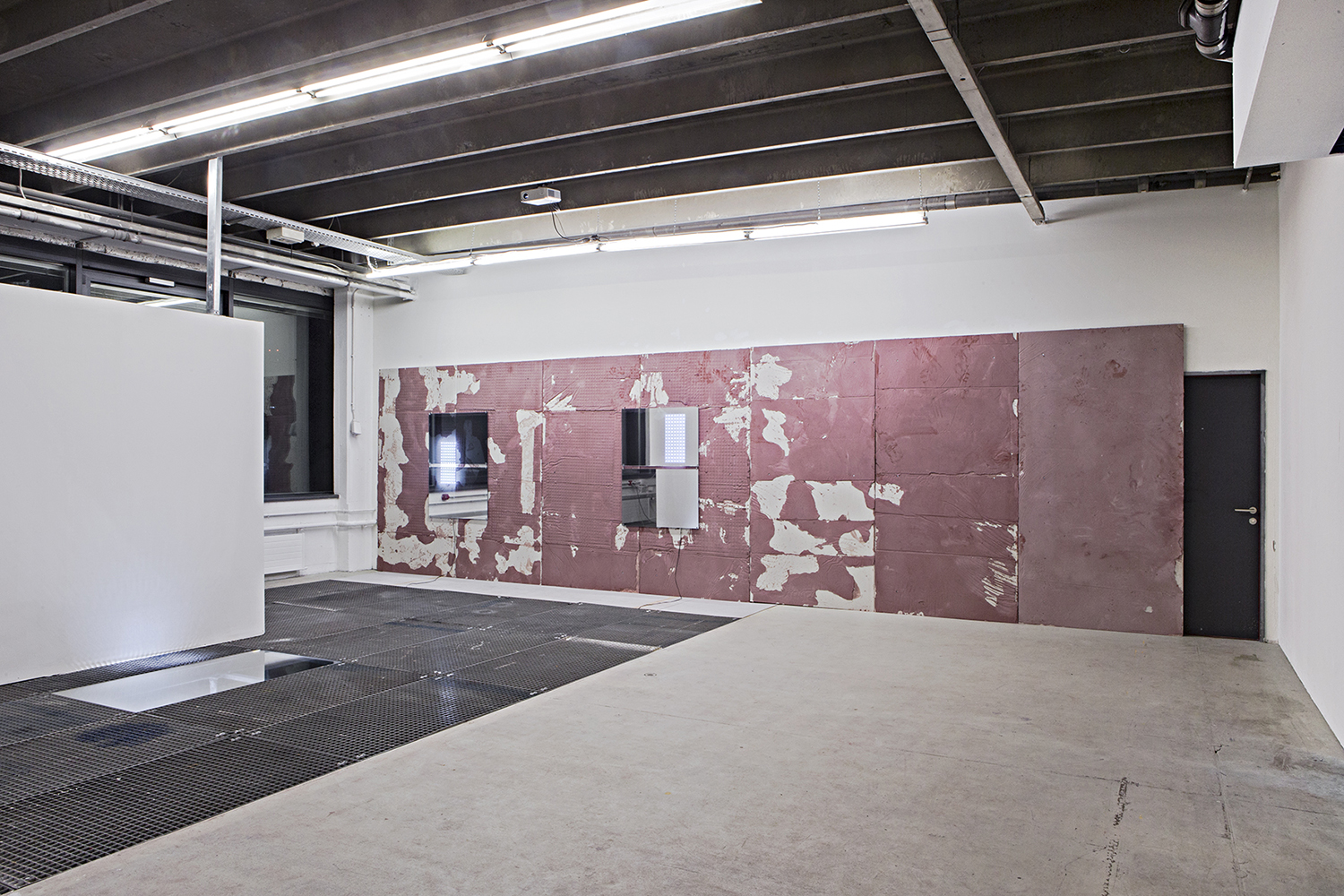
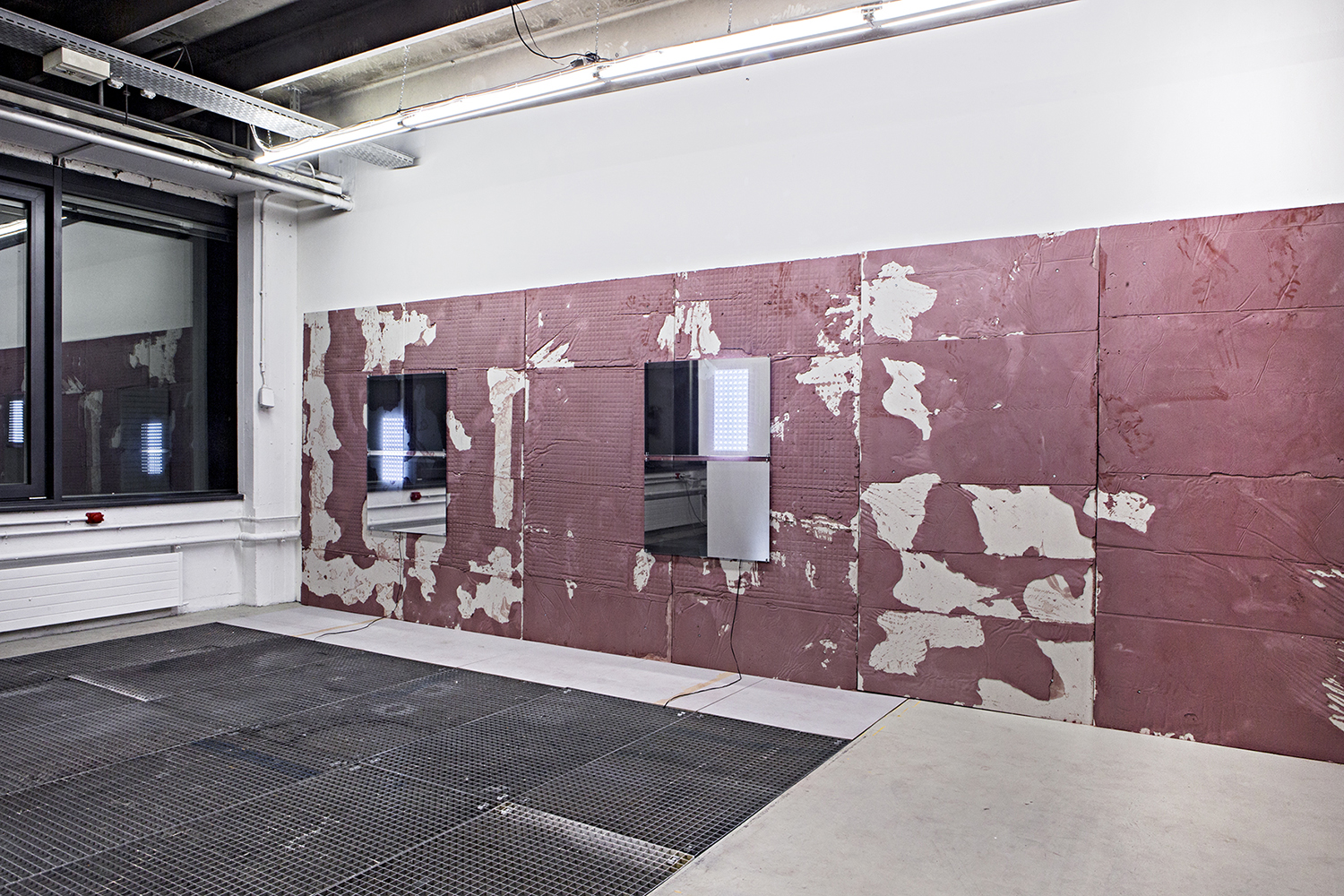
Learn to lay brick I-VIII; 2015; Gypsum fiber boards, concrete, bloodstone (hematite); 125 x 250 cm. each

Wellcome I; 2015; Glass panes, Silver 20 Interior film, LED sheets, Arduino board; 60 x 90 cm. each

Wellcome II; 2015; Glass panes, Silver 20 Interior film, LED sheets, Arduino board; 60 x 90 cm. each
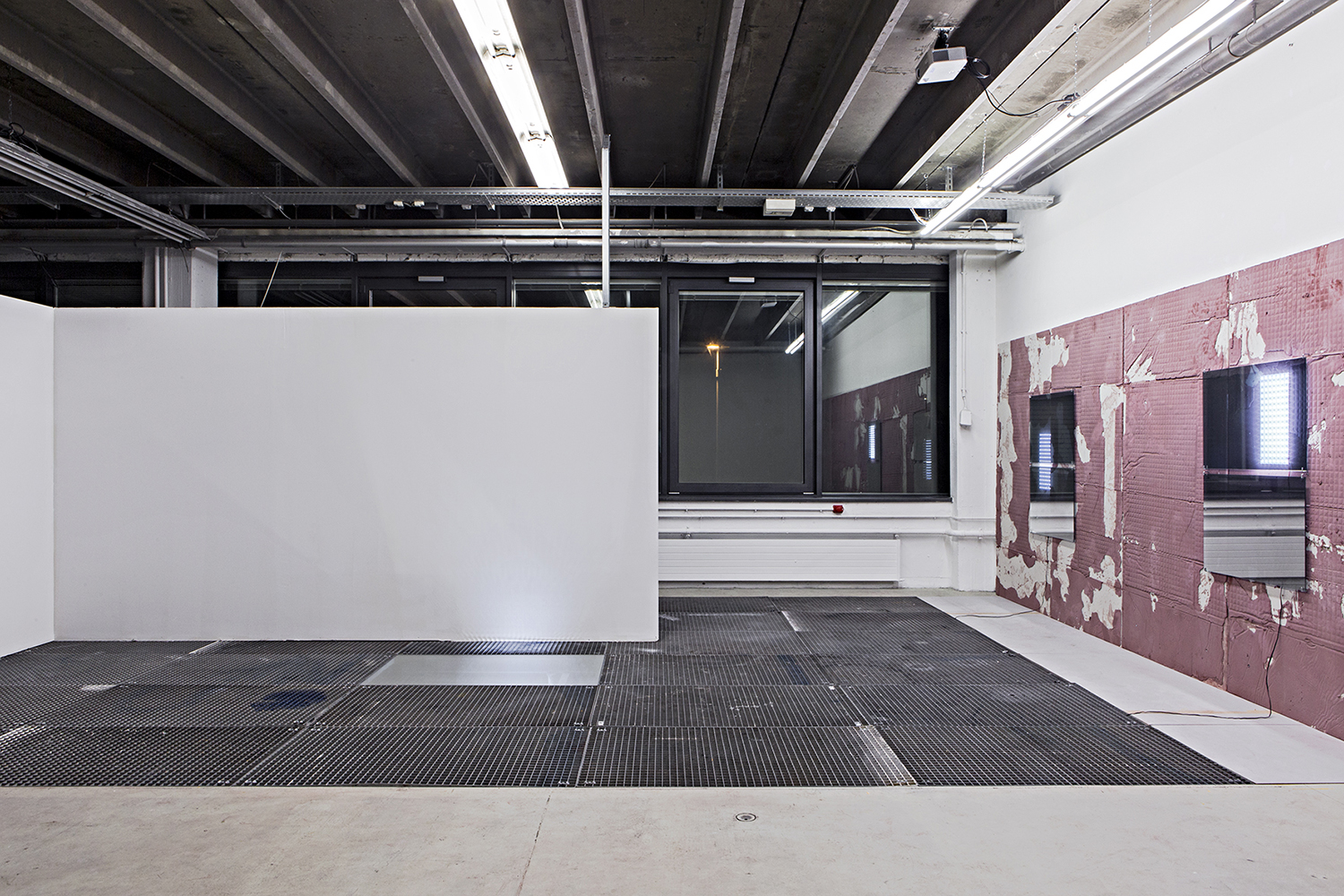
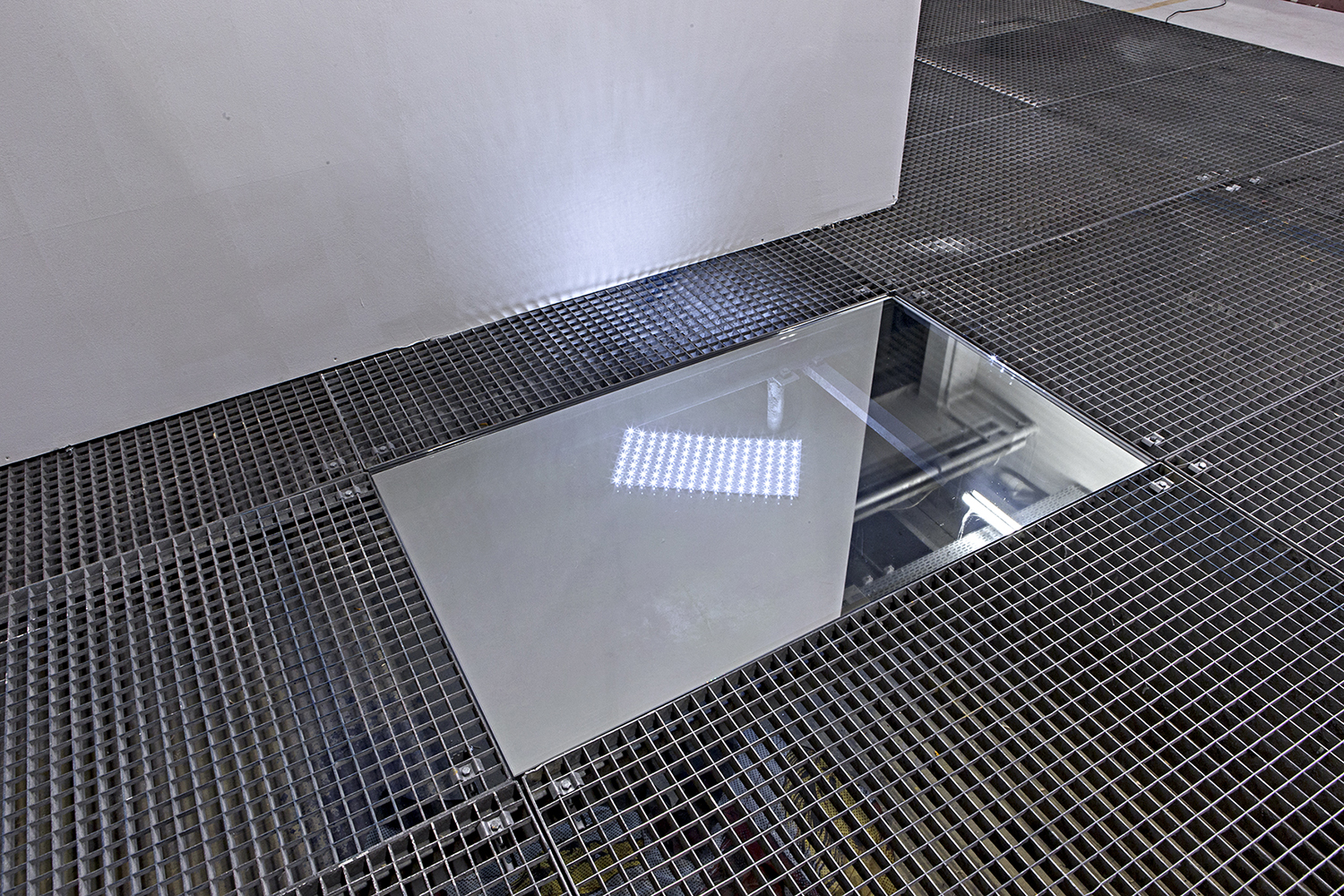
Limi-tropical; 2015; Glass pane, Silver 20 Interior film, LED sheets, Arduino board, printed silk; 146.5 x 86.3 cm.

Limi-tropical (detail); 2015; Glass pane, Silver 20 Interior film, LED sheets, Arduino board, printed silk; 146.5 x 86.3 cm.
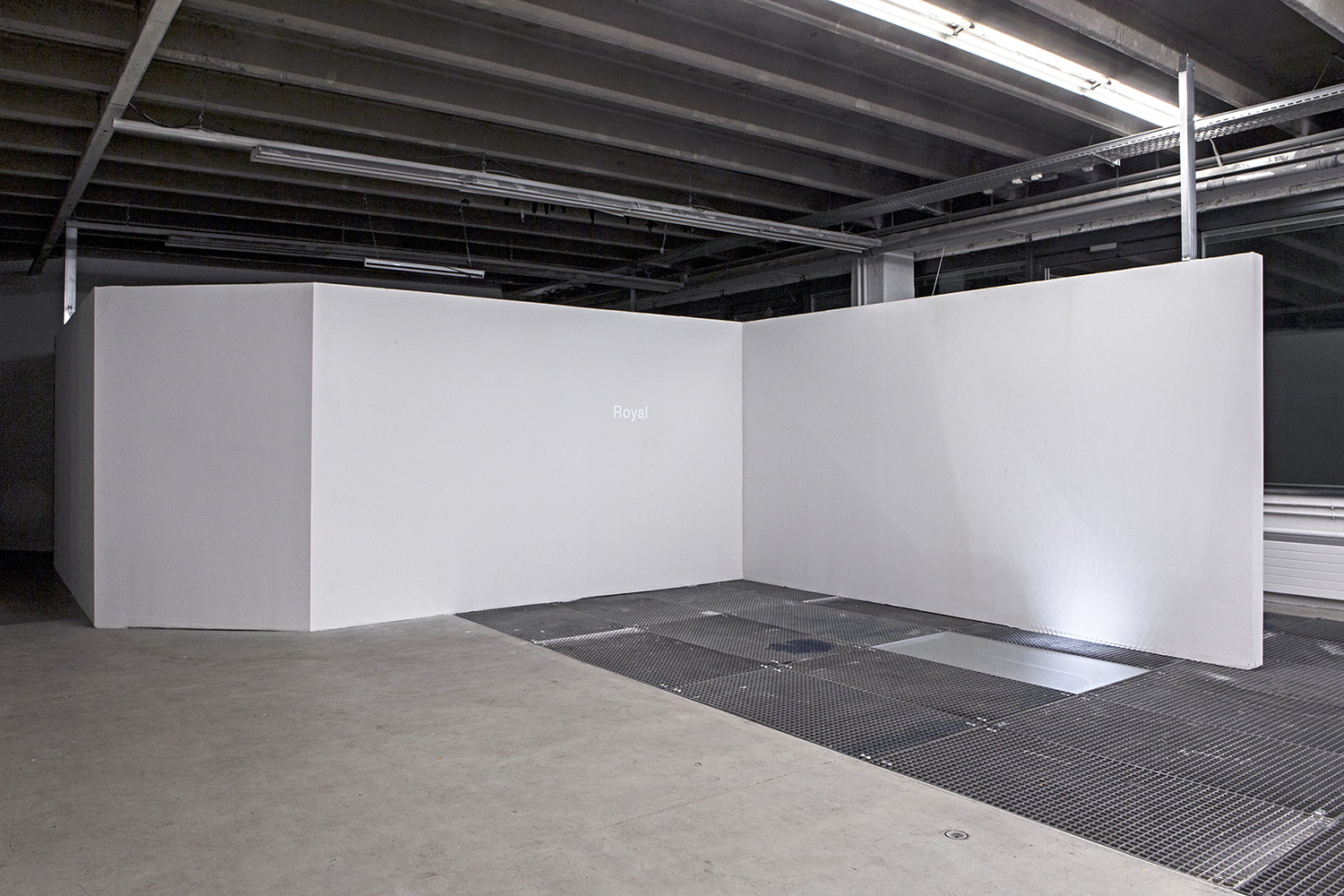
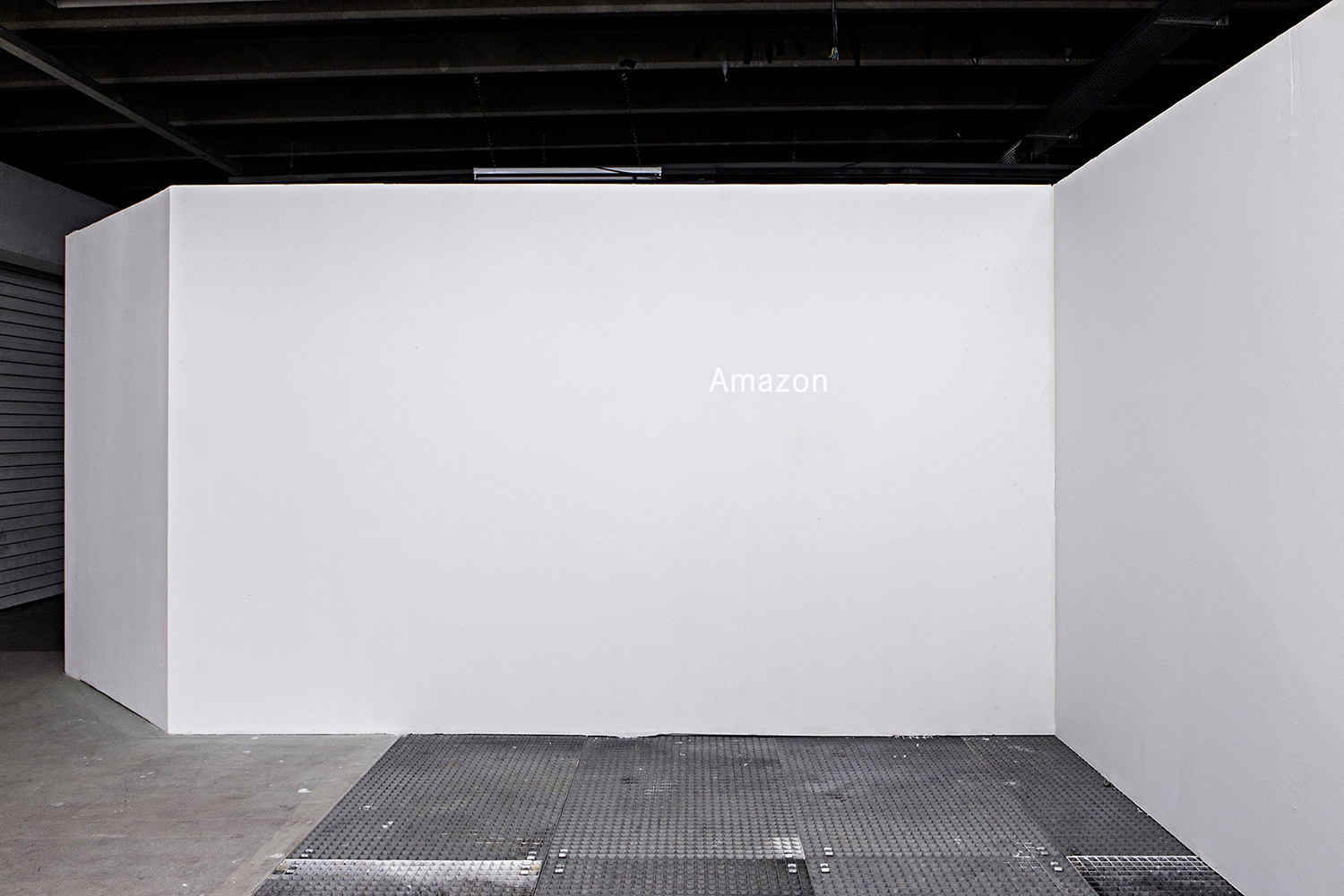
Tone of Voice (Version I); 2015; Car model names, PowerPoint presentation, projection; Dimensions variable